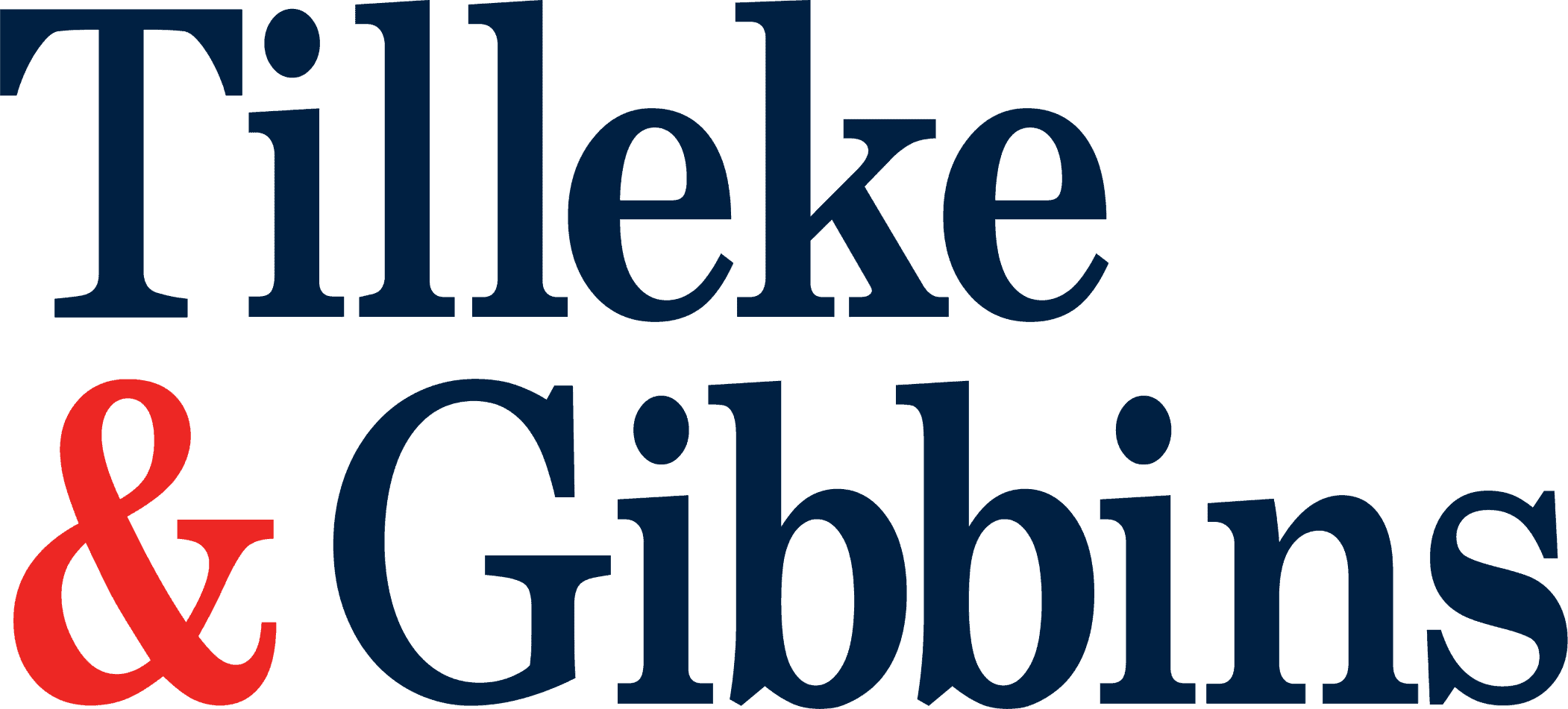
On January 1, 2008, Asean member countries implemented the Asean Harmonization Cosmetics Regulation Scheme in order to harmonize a previously chaotic process. A multitude of confusing laws and procedures has now been transformed into a streamlined system with just a single category for cosmetic products and an efficient registration process.
The Thai Food and Drug Administration (FDA) implemented a new online cosmetic product registration system on November 1, 2010. Registration is now less time consuming and more environmentally friendly than under the previous paper-based system.
The FDA has also created a single product category, which forces some cosmetic companies to re-register their products. This is an important change from past practice, when there were three categories for cosmetic products.
According to the Society of Cosmetic Chemists of Thailand, the local cosmetic industry has been growing by 10 to 20 percent per year over the last ten years and is expected to see 30 percent growth in the domestic market in 2011. This domestic trend mirrors similar rapid growth in cosmetic imports.
Clearly, Thailand is becoming an extremely attractive place for cosmetic product distributors to do business. As the industry continues to expand, cosmetics distributors new to the market should be aware of possible hurdles that typically arise during the FDA product registration process. By preparing effectively, applicants will be able to save costs and bring their products to market quickly.
Product Name
Cosmetic products rely mainly on the name of the product to attract consumers. This has proven to be a very effective method for marketing the products, since this is the first element that consumers look at when electing to purchase a product.
Therefore, distributors need to take the utmost care when naming their products, prior to applying for product registration in Thailand. To avoid rejection by the FDA, each word in the product name must correctly reflect the objective of the product, and the words used must not mislead consumers.
One difficulty faced by companies is using product names that differ from the ingredients or the purpose of the product. For example, if the product name is “TRADENAME Tanning Body Lotion” but the product formula contains no ingredients that act as a tanning agent, this product will be declined registration by the FDA.
The manufacturer or importer must also exercise care in regard to the choice of a product name to avoid it being deemed an overclaim or use of homophonous words.
For example, a product used to combat wrinkles is called “TRADENAME Eraser Wrinkle Serum”. The word “eraser” will not be permitted for use in the product name because, in reality, the product cannot erase wrinkles. FDA officials would therefore deem the product name to be an overclaim.
Use of a homophonous word for a prohibited or improper word in a product name is also impermissible. An example of this is “Btox”, which is derived from the prohibited word “Botox”. “Btox” would be denied registration by the FDA because it is confusingly similar to the registered trademark BOTOX and is deemed an infringement.
Finally, scientific words such as “nano” are not recommended, as additional scientific or reliable supporting documents for those words must be submitted to the FDA to support the claimed correlation.
Formula
The use of a prohibited ingredient in a formula will definitely lead to a rejection by the FDA, and the manufacturer will be required to alter the product formula to secure FDA approval. Examples of prohibited ingredients commonly found in cosmetics are dimethylamine and diethylene glycol.
Some ingredients are authorized but restricted, and these ingredients are thus required to comply with special FDA rules. For example, a hair product formula for curling or straightening hair must not include tetraborates in an amount exceeding 8 percent, whereas a bath product formula must not exceed 18 percent (both are calculated in boric acid form).
A formula containing some specially controlled ingredients, especially natural extracts, must have a product safety document. For example, Citrus Reticulata Peel oil has no restrictions on the amount used in a formula. However, the total concentration of furocoumarin (found in this extract) in a finished cosmetic product must not exceed 1 ppm. Therefore, the company must certify the safety assessment of the product and provide an analysis of the amount of furocoumarin in the finished product.
FDA Cosmetic Category Codes
In the cosmetic registration process, an applicant is required to choose a cosmetic category code for each product from an FDA database known as the “Cosmetic Data Dictionary.”
For example, if the product is a facial makeup set consisting of compact face powder with foundation, sunscreen, and lip gloss, the cosmetic category code would be 12796. If this code is not clearly specified, the characteristics or product type may result in selection of the wrong cosmetic category code, which would lead to the application being rejected by the Examiner.
As the examples above illustrate, it is important that companies pay keen attention to the preparation of the registration of their product and advertising, as this will ensure a smooth and unhindered product launch.
